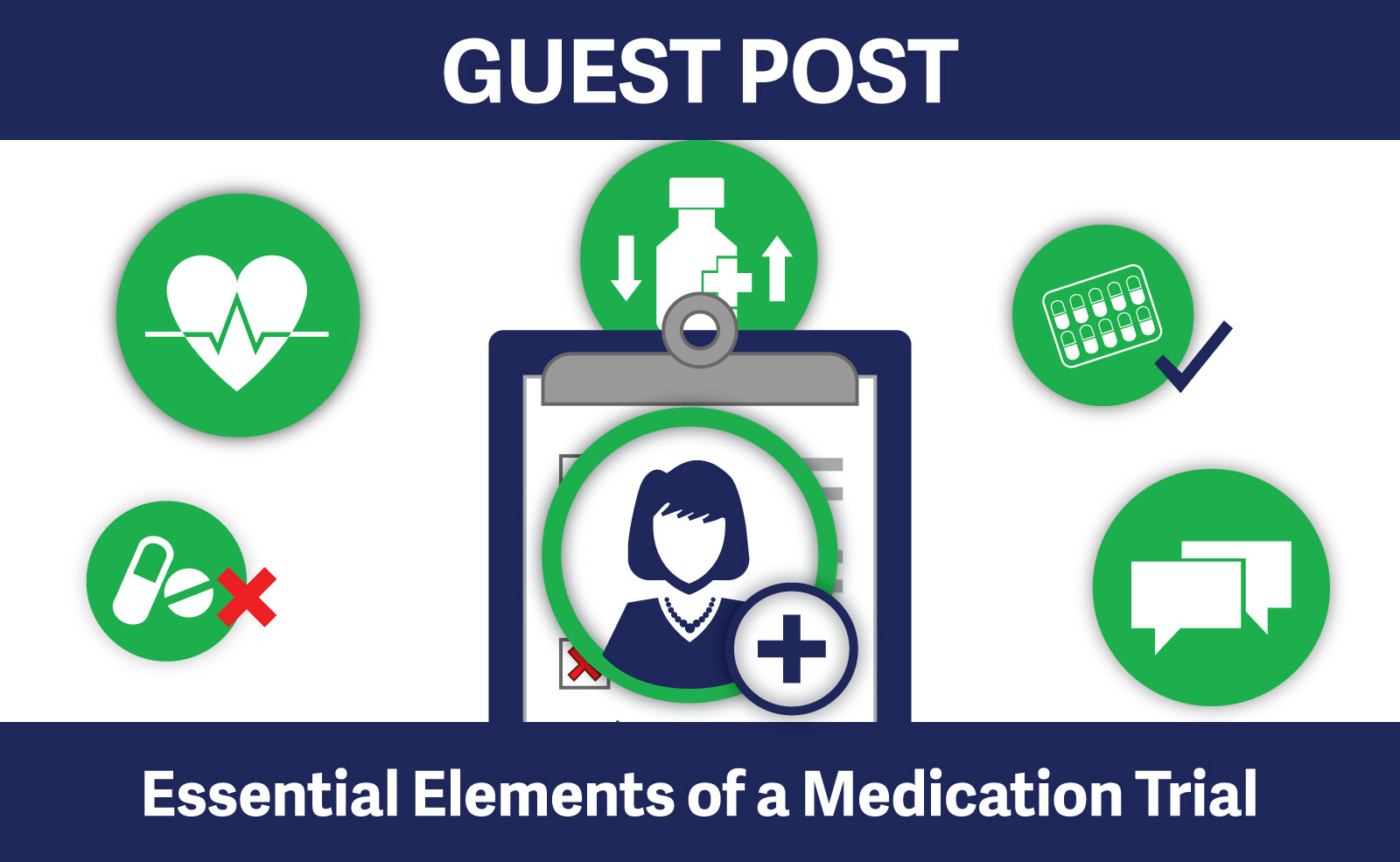
PainBC’s integrated approach to pain management includes helping patients find the most effective medications to manage their chronic pain. Well-structured medication trials with collaboration between prescribers and pharmacists plays an important role in helping identify the most effective drug therapy for a patient.
Medications from a variety of pharmacological classes, in a variety of conditions, have shown evidence of benefit in small subsets of patients. They may be used as “second-line” for patients who did not benefit from, or could not tolerate standard treatments, or as an “add-on” for patients who only partially responded. Examples include antiepileptic medications such as divalproex or topiramate for migraine prophylaxis; or adding opioids, gabapentin or pregabalin to non-opioid analgesics for chronic pain.
Even when prescribing for usual indications, e.g. antihypertensives and antidepressants, some patients experience adverse effects or a suboptimal response to the first drug prescribed. Adding a second medication or switching to one with a different mechanism of action or side effect profile may be helpful.
In all these situations, a well structured medication trial includes:
- Open discussion with the patient about their previous medications and outcomes, their treatment goals, and how “success” will be measured in trials of new medications
- A positive (but realistic) discussion about potential benefits and risks of the medication, i.e. what is known about overall response rates vs. known adverse effects
- A plan for titrating doses upward, and what the target dose will be
- When and how follow-up assessments will occur, and what criteria will be used to evaluate response (e.g. pain severity scales, self-assessments of function, BP measurements, mood scales) and/or occurrence of adverse effects
- When to determine if the trial is successful; and, if unsuccessful, how the medication will be stopped; If gradual withdrawal is required, how this will be accomplished, what symptoms might occur if withdrawal is too rapid, and what to do if these occur
- Determination of the appropriate length of trial for the medication and condition, e.g. as short as 2 weeks for gabapentin or pregabalin for pain, or at least 3 months for migraine prophylaxis
- Thorough documentation of outcome of the trial, i.e. response and any adverse effects experienced
Pharmacists can provide valuable medication expertise in this process. Others involved in the patient’s care may not have a complete medication history or be aware of other conditions. Pharmacists can offer advice on medications of first choice, given the patient’s underlying conditions (e.g. impaired renal or hepatic function), or potential for drug interactions.
If patient and prescriber agree that a medication trial was unsuccessful, the question is, “what next?”
For some indications, it may be worthwhile to try another medication in the same pharmacological class. It is worthwhile to review the evidence for success with this type of medication, and how the side effect profile might differ from medication(s) previously tried.
The patient’s perspective on side effects experienced, and whether or not there is willingness to risk them again, is an essential part of the conversation.
About PainBC
Pain BC is a collaborative non-profit organization made up of people in pain, health care providers, and leaders from universities, government, business and the non-profit sector. We aim to improve the lives of people in pain through education, empowerment and innovation.
Learn more about PainBC and find resources to help care for patient with pain, visit painbc.ca.
References
- Therapeutics Initiative. Benefits and harms of drugs for “neuropathic” pain. Therapeutics Letter. 2015; 96:1-2. http://www.ti.ubc.ca/2016/01/19/96-benefits-and-harms-of-drugs-for-neuropathic-pain/
- Waldfoget JM et al. Pharmacotherapy for diabetic peripheral neuropathy pain and quality of life. Neurology 2017; 88:1-10. http://www.neurology.org/content/88/20/1958.short?sid=88f75bdb-0038-4bb4-8057-e2ee54d470ef
- Moore A et al. Expect analgesic failure; pursue analgesic success. BMJ 2013; 346:f2690. http://www.bmj.com/content/346/bmj.f2690
- Smith JH, Schwedt TJ. What constitutes an “adequate” trail in migraine prevention? Curr Pain Headache Rep 2015; 19:52. https://link.springer.com/article/10.1007/s11916-015-0525-9
- Kennedy S et al. CANMAT 2016 Clinical guidelines for the management of adults with major depressive disorder: Section 3. Pharmacological Treatments. Can J Psychiatry 2016; 61: 1-21. https://www.cmh.org/sites/default/files/page-assets/programs-services/mental-health-services/mental-health-events-health-care-providers/canmat-pharmacological-39247.pdf
- BC Guidelines.ca: Hypertension – Diagnosis and Management, 2016. http://www2.gov.bc.ca/gov/content/health/practitioner-professional-resources/bc-guidelines/hypertension
- ISMP Canada. Suddenly stopping a medication can be harmful. ISMP Canada Safety Bulletin. 2017; 17: 4. https://www.safemedicationuse.ca/newsletter/newsletter_StoppingMedication.html
Acknowledgments for advice on content and editing this article to Donna Buna, B.Sc.Pharm, PharmD; Clinical Pharmacist, Victoria Pain Program; Coordinator Pharmacy Education & Residency Practice, Vancouver Island Health Authority

Terri Betts, B.Sc.Pharm, ACPR
Terri is a 1979 graduate from UBC Faculty of Pharmaceutical Sciences, and completed her hospital pharmacy residency in 1982 at the old Shaughnessy Hospital, on the current site of BC Women’s and Children’s Hospital.
Her subsequent experience in hospital pharmacy practice includes five years as a clinical pharmacist in general medicine at Shaughnessy Hospital; five years as Pharmacy Clinical Coordinator for Shaughnessy and BC Women’s Hospitals; twelve years as a clinical pharmacist in general pediatrics and cardiology at BC Children’s Hospital; and eleven years as clinical pharmacist in pediatrics at Lions Gate Hospital, including five years as Pharmacy Clinical Coordinator.
Terri “retired” from LGH in 2016, but currently works there as a casual clinical pharmacist, and as a pharmacist facilitator for the 2nd year Doctor of Pharmacy students in their pharmacy practice labs at the UBC Faculty of Pharmaceutical Sciences. She is a volunteer with Pain BC, working with Donna Buna and others on the pharmacotherapy advocacy group, and as a member of the Education Committee.
- Guest Post


 Share
Share


